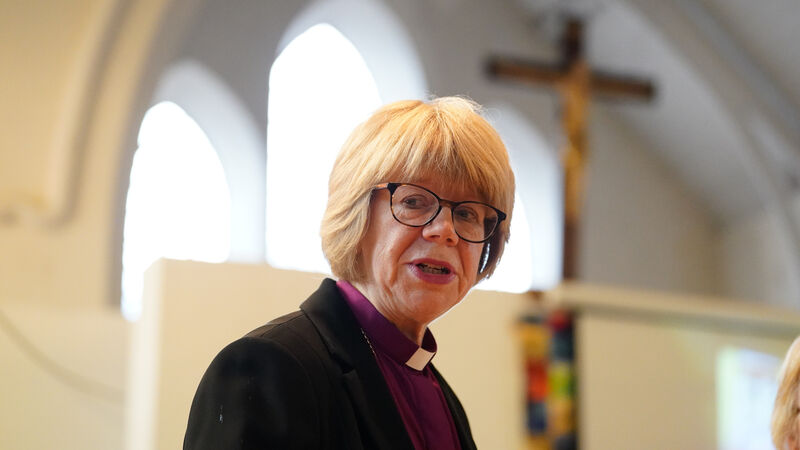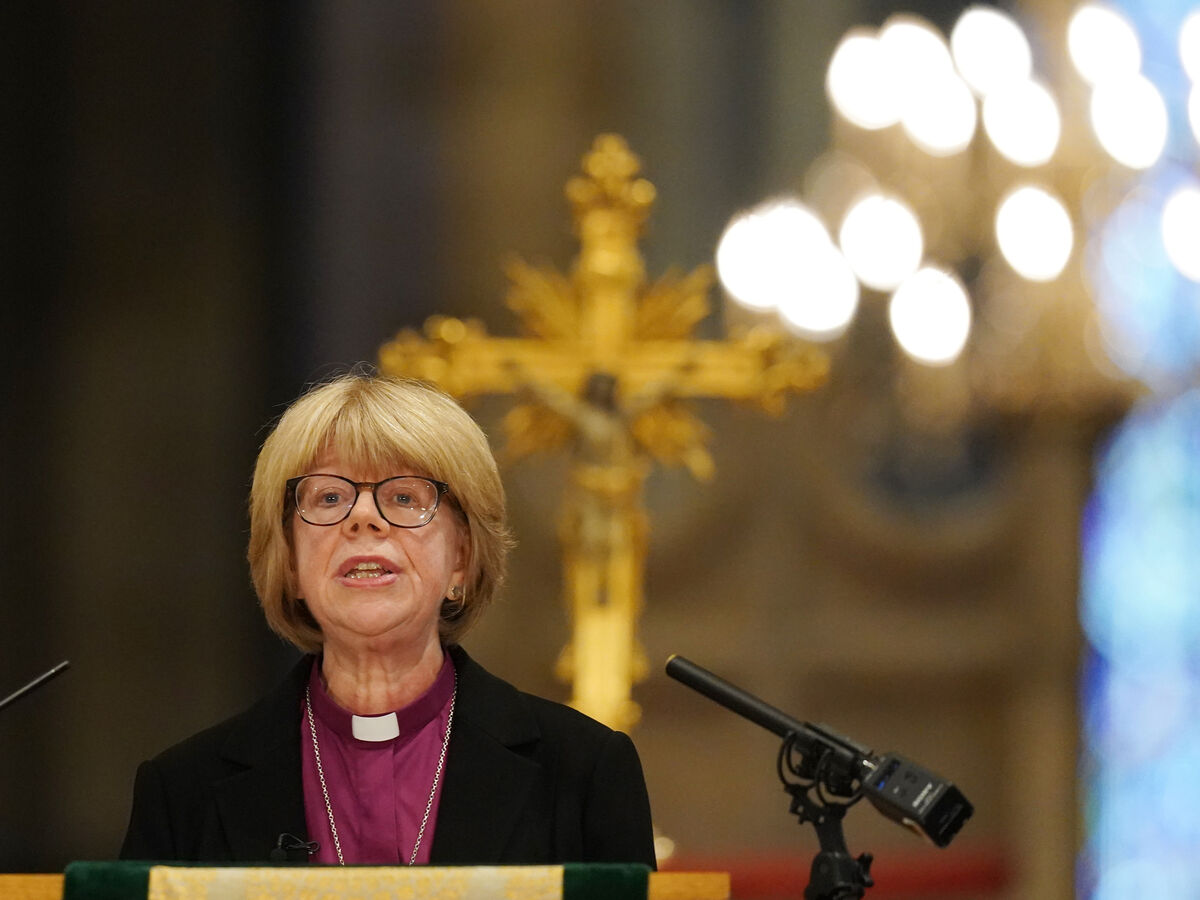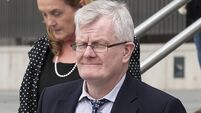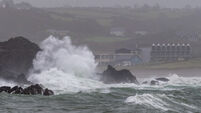Appointment of woman as Anglican archbishop will reopen debate on ordination of women in Catholic Church

Archbishop of Canterbury-designate Sarah Mullally: It remains to be seen how her appointment affects relations between Anglicanism and the Catholic Church.
The appointment of Sarah Mullally as the new Archbishop of Canterbury — the first woman to head the Church of England in over 500 years — will almost certainly reopen the debate about the ordination of women within the Catholic Church.
The Rt Rev Mullally, 63, has been Bishop of London since December 2017, and she replaces Justin Welby, who was forced to resign nearly a year ago over his failure to act on a sexual abuse scandal.
As the 106th Archbishop of Canterbury, she becomes the spiritual leader of the Anglican Communion — the proper name for the global network of self-governing churches (including the Church of Ireland), all of which will now recognise Dr Mullally as primus inter pares (“first among equals”).
At its General Synod in 2014, the Church of England approved the ordination of women as bishops. It was an initiative that proved divisive (following on from the decision to permit women to be ordained as priests in 1992) — to least because the traditionalist wing of the Church feared it would damage relations with Rome.
The new archbishop will be seen as a more caring, compassionate face of the Church of England, though her support for blessings for same-sex couples will inevitably cause some controversy.
In her first address in Canterbury Cathedral, following the announcement of her appointment by 10 Downing Street, she outlined some of the challenges that lie ahead — including a worrying fall-off in attendances at church services.
On a bigger front — that of inter-church relations — it remains to be seen how her appointment affects relations between Anglicanism and the Catholic Church as well as the Orthodox Church.
Since the establishment of the Anglican-Roman Catholic International Commission (ARCIC), following a meeting in Rome in March 1966 between Pope Paul VI and the then Archbishop of Canterbury, Michael Ramsey, considerable progress has been made in exploring common ground between the two faiths.
This has resulted in the publication of a number of significant reports, including one on papal primacy and the exercise of authority. Things even reached a stage where there was guarded and provisional acceptance on the Anglican side for the concept of a scaled-down papacy.

Following the historic visit of Pope John Paul II to England in 1982 — during which he became the first pope since the Reformation in the 16th century to cross the threshold of Canterbury Cathedral (the “mother” church of Anglicanism) — a new phase in the dialogue between the two faiths was initiated. This dialogue continues.
However, the appointment of Sarah Mullally as the new Archbishop of Canterbury — she will not be formally installed until the new year — will raise fresh doubts about the future of this process.
The reaction of the Vatican will be eagerly awaited — even though Pope Leo XIV’s motto is “In the One, we are one” — reflecting his Augustinian background. The motto is adapted from an excerpt from St Augustine’s writings where he said: “Although we Christians are many, in the One Christ we are one”.
The big concern now, though, is what effect this appointment will have on relations between Rome and Canterbury. And internally in the Vatican — where successive popes since John Paul II (who issued an apostolic letter in 1994 “reserving priestly ordination to men alone”) have very firmly ruled out the ordination of women (though Leo XIV has so far not said anything on the topic) — the concern will be that this historic appointment will embolden the various groups lobbying for the admission of women to the priesthood — as a first step.
Our former president Mary McAleese, who has qualifications in Canon Law from the Milltown Institute in Dublin and the Gregorian University in Rome, has dismissed Rome’s objections to female ordination as “codology dressed up as theology”.
As a further result of Sarah Mullally’s appointment, the formal state visit to the Vatican later this month of King Charles and Queen Camilla will generate ever greater interest than before.
It is sometimes forgotten, especially on this side of the Irish Sea, that the British monarch, whether king or queen, is ipso facto the head of the Church of England (and as such Charles had to give formal approval to the appointment of Archbishop Mullally — though the final approval rests with 10 Downing Street).
All of this goes back to King Henry VIII and the English Reformation in the 16th century. The king, enraged over the refusal of Pope Clement VII to annul his marriage to Catherine of Aragon, rejected papal authority.
Through the Act of Supremacy of 1534, the king was acknowledged as the supreme head on earth of the Church of England (Anglicana Ecclesia). As the “supreme governor” (his preferred title), he assumed the power to appoint bishops.
“To all intents and purposes, the king had become the pope of England,” according to Mark Chapman, the Oxford church historian in his book .








